The truth about LED lighting in Australia
With the Australian market saturated with inferior LED imports, we've created a checklist to ensure our customers aren't investing in unreliable and, quite frankly, dangerous products.
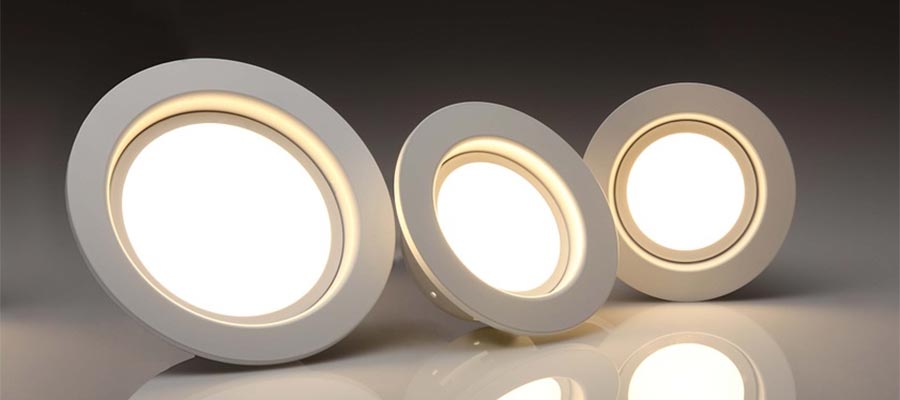
LED is an acronym for ‘light-emitting diode’, a semiconductor light source offering a range of lighting benefits. However, LED lights are a hot topic in Australia and right across the global lighting industry because they’ve been associated with a new acronym – ‘lies, exaggeration and deception’.
Believe the LED hype, but to a point
At Lamp Replacements Australia, we don’t dispute the value and benefits of LED lights. But it depends on where you buy your LED lights, what brands you choose, and your reason for going to LED.
The simple fact is, lighting has evolved quite dramatically from the simpler times of a chemical process. Now, we have relatively complex electronic light sources with heat sinks, fans, drivers and electronic transformers.
LED lights aren’t a lamp anymore, but an electronic device, like your phone or television.
Once a light source used primarily as flashing indicator lights, LED products have come a long way and are now used as a main source of light in a variety of environments.
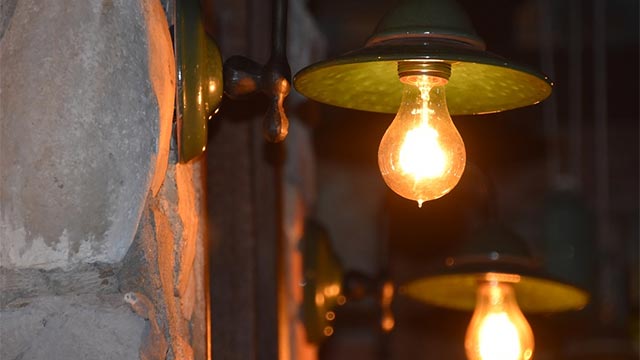
LED lights: A brief and simplified history
-
1907: Electroluminescence discovered by H. J. Round, the British experimenter at Marconi Labs.
-
1962: Nick Holonyak Jr at General Electric (GE) develops the first practical visible spectrum RED LED lights.
-
1970: LED lights are commercialised. They cost less than 5c to produce.
-
1971: Jacques Pankove at RCA Laboratories develops blue LED lights using gallium nitride.
-
1989: Blue LED lights based on silicon carbide are commercialised by CREE Inc – efficiency of the chip was very low, rated at around 0.03%.
-
1995: Alberto Barbieri at the Cardiff University Laboratory improves on the efficiency of blue LED lights. This leads to the first white LED light, combining a yellow spectrum LED with blue on to a phosphor coating.
-
2008: Luminous efficacy (light efficiency) of 300 lumens per watt is achieved using nanocrystals.
-
2011: Zhong Lin Wang from the Georgia Institute of Technology increases the energy efficiency of UV LED lights from 2% to 8%.
Since the 1960s LED light technology, efficiency and light output has nearly doubled every 36 months, in line with the semiconductor industry. This trend is often referred to as Haitz’s Law.
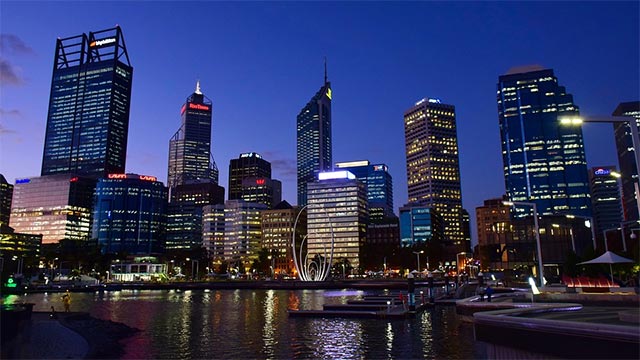
So what about LED lights in Australia today?
Today, any company with electrical expertise can create a basic LED light. As a result, our market in Australia is saturated with a lot of ‘basic’ LED lights.
As the largest independent lighting suppliers in Australia, we have seen no end to the variety of products, fixtures and fittings coming into our market. At our offices, we are inundated with emails, phone calls and enquiries from companies trying to sell us their LED products. Some are home importers or contractors with suppliers in China. Others are ex-solar or electronic companies looking to ‘try something new’. Most have little or no lighting experience.
These suppliers are looking to capitalise on consumers in Australia who are now more and more worried about their electricity bills and businesses as they struggle with rising energy costs and the carbon tax.
In our experience, we’ve had many issues with these ‘new players’ in the LED lighting industry, hence the new meaning behind LED – lies, exaggeration and deception. There may be some companies who are doing the right thing. However, there are many that are blatantly advertising incorrect specs, or running their equipment at unsafe heat levels or electromagnetic frequencies, which can have multiple negative impacts in the long run.
Choose your LED lights carefully
The team at Lamp Replacements Australia has repeatedly been called on to fix and supply authentic, certified LED lights to replace non-certified LED products. Usually, these poor quality LED lights have been supplied by a no-name brand – a decision usually based purely on price.
Ultimately though, it ends up costing consumers and companies many times more to replace inferior LEDs and install the correct quality LED lights.
Aren’t there standards in place for LED lights in Australia?
Currently, there are no clear-cut standards to prevent LED lights being imported into Australia. With this in mind, the team here at Lamp Replacements Australia has put together a check-list guide to help you avoid purchasing inferior LED lights.
Please note, this is only a general guide and does not guarantee the quality of the product you buy.
LED Lights Checklist
1. Does the LED light come with the Regulatory Compliance Mark (RCM)?
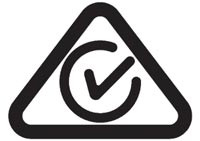
Technically, LED lights without the RCM should not be imported into Australia. This marking shows the product complies with EMC laws (Electromagnetic Circuitry laws) in Australia. This is an easy way of identifying that a product meets electrical safety standards.
2. Does the company supplying the LED lights provide a warranty with their products?
If so, how long is the warranty and what are the conditions? Reputable manufacturers of LED lights will provide consumers in Australia with detailed warranties. They will also have the finance and history to back them up.
Online suppliers constantly emerge and disappear as they offload their inferior products on to the market for a quick profit. Some of these products boast 10 year warranties, but the supplier is no where to be found when the products inevitably fail in a year or two. Ensure that you choose a manufacturer who will be around to honour any warranty claims you may have.
At Lamp Replacements Australia, we only stock LED lights from reputable manufacturers who we know will be able to honour their warranties.
3. Does the manufacturer provide optimum running temperatures and an LED depreciation (ie LMxx) and does this affect warranties?
LED lights are temperature sensitive, so the life of an LED light is reduced dramatically if there are any temperature fluctuations. Most reputable manufacturers have an optimum operating temperature, and will provide an LM rating that indicates the LED brightness depreciation over time. So, LED lights with an LM70 rating over 20,000 hours at 25 degrees will depreciate in brightness by 30% after 20,000 hours at 25 degrees.
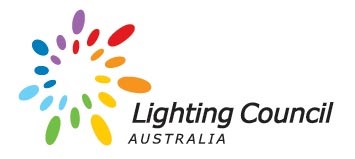
If the manufacturer is serious about entering the LED market in Australia, they will be a member of the Lighting Council. This enables them to keep up with new LED, labelling and MEPS standards coming into play. Manufacturers will usually promote their membership by including the Lighting Council of Australia logo on their advertising.
5. Is the claimed lamp life for the LED chip, or the whole assembly?
There are many manufacturers claiming over 100,000-hours lamp life on their packaging, which may be true, but only for the LED chip and not for the other componentry critical to the function of the product.
The componentry, particularly the driver (the heart of the LED light) will have a much lower rating of around 20,000-30,000 hours (for an average driver), so it’s an important point to clarify. If the supplier doesn’t know, there’s a strong chance that it isn’t a good product. This is fundamental information that any good sales rep should know.
6. Does the LED lamp/fittings come with IES files?
IES files are electronic design files used by lighting designers and engineers to create accurate light reproductions for projects. Only reputable manufacturers of LED lights will have IES files for all their products.
Cut through the LED confusion
In a nutshell, there are a lot of LED spruikers out there. Consumers are understandably getting very confused and probably frustrated from the experiences that they may have had in the past. As independent, brand-neutral lighting suppliers with decades of experience in the lighting industry in Australia, we are uniquely placed to point out the pros and cons of any reputable LED products, as well as supply high quality LED lights that deliver all the benefits you expect from this excellent technology.
For more information about LED lights, or any lighting product or solution, contact our teams across Australia.